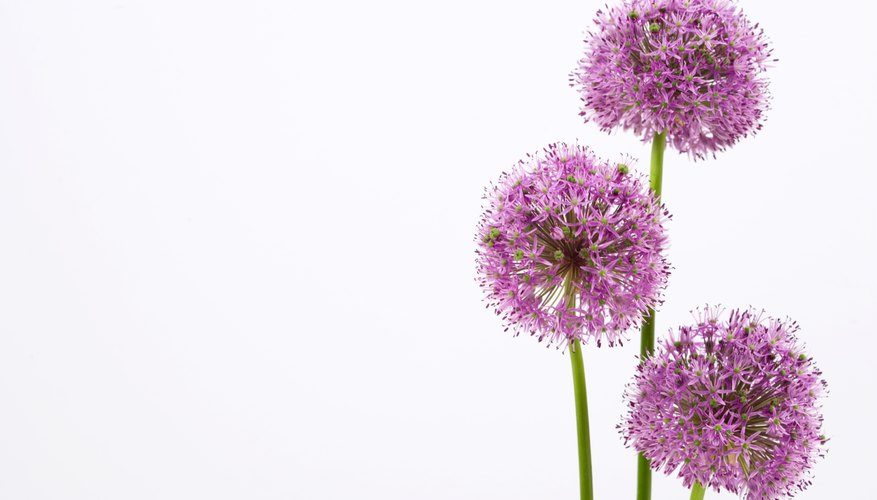Alliums are from the same family as the onions that we eat, but are regarded as “ornamental onions” and most aren’t that pleasant to include in your dinner. They grow long straight stems and flower with a round, fluffy bloom that some have likened to a pom-pom. Many are white, but they can produce a wide range of colours as well. After they bloom in the summer they will inevitably dry and die, so unless you want to keep them on the plant to develop seeds for new allium seedlings you may want to remove the dead heads. Here’s how.
Deadheading
Wait until the right time to deadhead, so keep a close eye on your alliums after they bloom. When they start to dry and look like they are dying is the best time to get your shears or secateurs out.
Aim for low down on the plant, near to the ground. Take your secateurs and snip in one motion in order to take the stem off cleanly and reduce the chances of disease. If you haven’t caught the plant in time and seeds have developed, try and cup your hand under the seed casings to catch them. You can then bin them or save them to plant in another part of the garden. Some people like to save the dried heads and display them inside.
- Wait until the right time to deadhead, so keep a close eye on your alliums after they bloom.
- If you haven’t caught the plant in time and seeds have developed, try and cup your hand under the seed casings to catch them.
While you are deadheading you should remove any of the long, thin leaves that are yellow or starting to discolour. Both deadheading and removing the yellow leaves will enable the plant to put all its efforts into new growth and better flowering. Take care to dispose of the waste either in a brown compost bin or in your own compost heap rather than leaving it near the plant which can again encourage disease.
